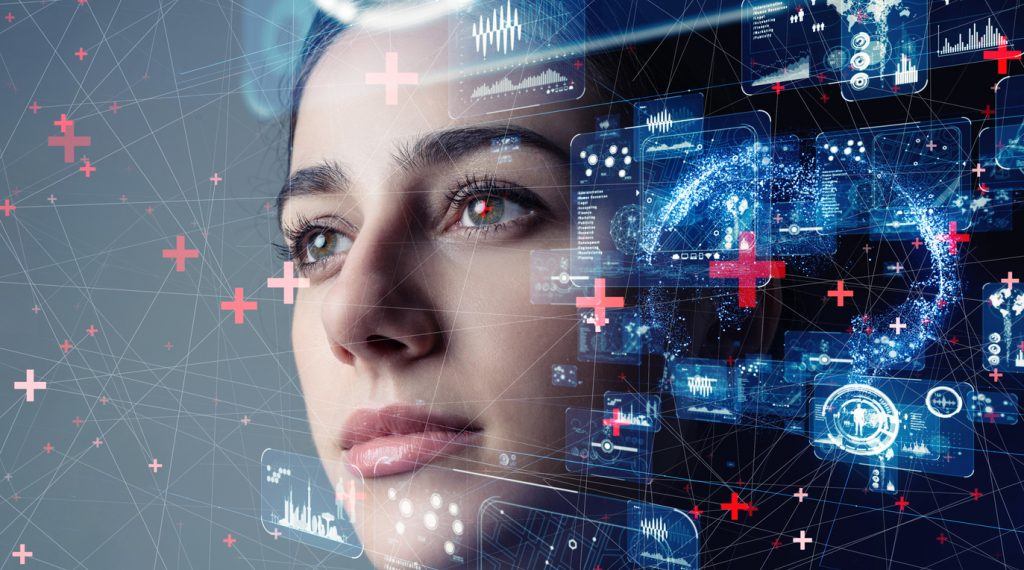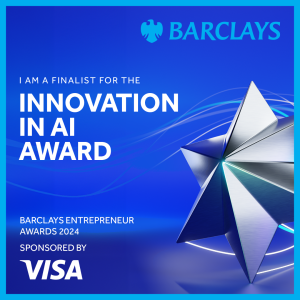AI Screening through Eyes
Artificial intelligence has already revolutionized many fields. From flying aircraft and drones to helping scientists tackle COVID-19 and fighting crime, AI has many applications in the modern world. However, it seems that no field stands to gain more from AI systems than the medical field. One of the most recent medical innovations based on artificial

Artificial intelligence has already revolutionized many fields. From flying aircraft and drones to helping scientists tackle COVID-19 and fighting crime, AI has many applications in the modern world. However, it seems that no field stands to gain more from AI systems than the medical field.
One of the most recent medical innovations based on artificial intelligence allows medical professionals to detect diabetic retinopathy (DR) in the early stages. Currently, ophthalmologists base their diagnosis on retinal photographs that provide access to information about the microvasculature and the optic nerve head. Based on photographs of the retina they can establish if a patient is suffering from DR, age-related macular degeneration (AMD), and glaucoma. Furthermore, retinal photographs can also help identify the risk for stroke, cardiovascular diseases, hypertension, and even Alzheimer’s disease.
Machine learning and computer vision have come a long way since their first applications and are now capable to enable artificial intelligence systems to screen for diseases and come up with a highly accurate diagnosis. Due to the recent advances, researchers have managed to create an AI system that can go through millions of retinal photographs and increase the efficiency of the screening process.
AI screening for diabetic retinopathy
The eye is as complex as it is fascinating, so the classic eye exam will soon be replaced with more innovative diagnosis methods. Google and an international team of researchers have created a hi-tech screening tool that can detect diabetic retinopathy. Diabetic retinopathy is a consequence of diabetes. More than 640 million people will suffer from diabetes by 2040, which means the need for DR screening will increase dramatically.
DR can eventually lead to total blindness. Early screening is key for patients who suffer from diabetes. Considering the high number of diabetic people, individual screening performed by ophthalmologists is an impossible mission. This is why Google’s AI system is vital for the detection and diagnosis of DR. Researchers have taught the AI model to detect signs of possible DR based on a data set that included scans scored according to their grade of severity.
The availability of an automated system that allows early detection and diagnosis of DR will help the health systems save money, improve performance, and increase screening efficiency. Several AI systems for DR screening are already available – RetMarker, iGradingM, and EyeArt. A study conducted at two eye care centers in India used AI to screen over 3,000 patients suffering from diabetes. The diagnosis accuracy has exceeded the results of the conventionally used manual grading method.
AI screening for age-related macular degeneration
Scientists at UCL in collaboration with the Western Eye Hospital, London, have developed an AI-based test that may predict wet AMD three years before the first symptoms. If successfully applied at a global level, this screening may help millions of people prevent vision loss.
Macular disease is one of the most common causes of permanent and severe sight loss. Currently, there is no method available to detect the disease if the person hasn’t developed any symptoms. Early screening is not yet available for patients suffering from AMD, and all treatments available at this moment would have a higher rate of effectiveness if administered in the early stages of the disease.
The AI-enabled test is called Detection of Apoptosing Retinal Cells (DARC). It involves the injection of a fluorescent dye into the bloodstream. The dye attaches to retinal cells and illuminates the cells exposed to stress or already in the process of apoptosis (a form of programmed cell death). The sick cells become white, and the DARC count depends on the number of white cells detected. So, rather than estimating the number of healthy cells a patient has, DARC focuses on the damaged cells which represent a clear indication of the disease activity.
Artificial intelligence eye screening will not only make screening more accessible, but it will also allow for eye screening to take place at large scales and make it more affordable. What it will not do is replace medical professionals and their intelligence. AI screening methods are powerful tools doctors can use to treat more patients with a higher rate of accuracy. This technology will allow them to screen more people and decrease the rates of sight loss, especially when caused by DR or AMD.




